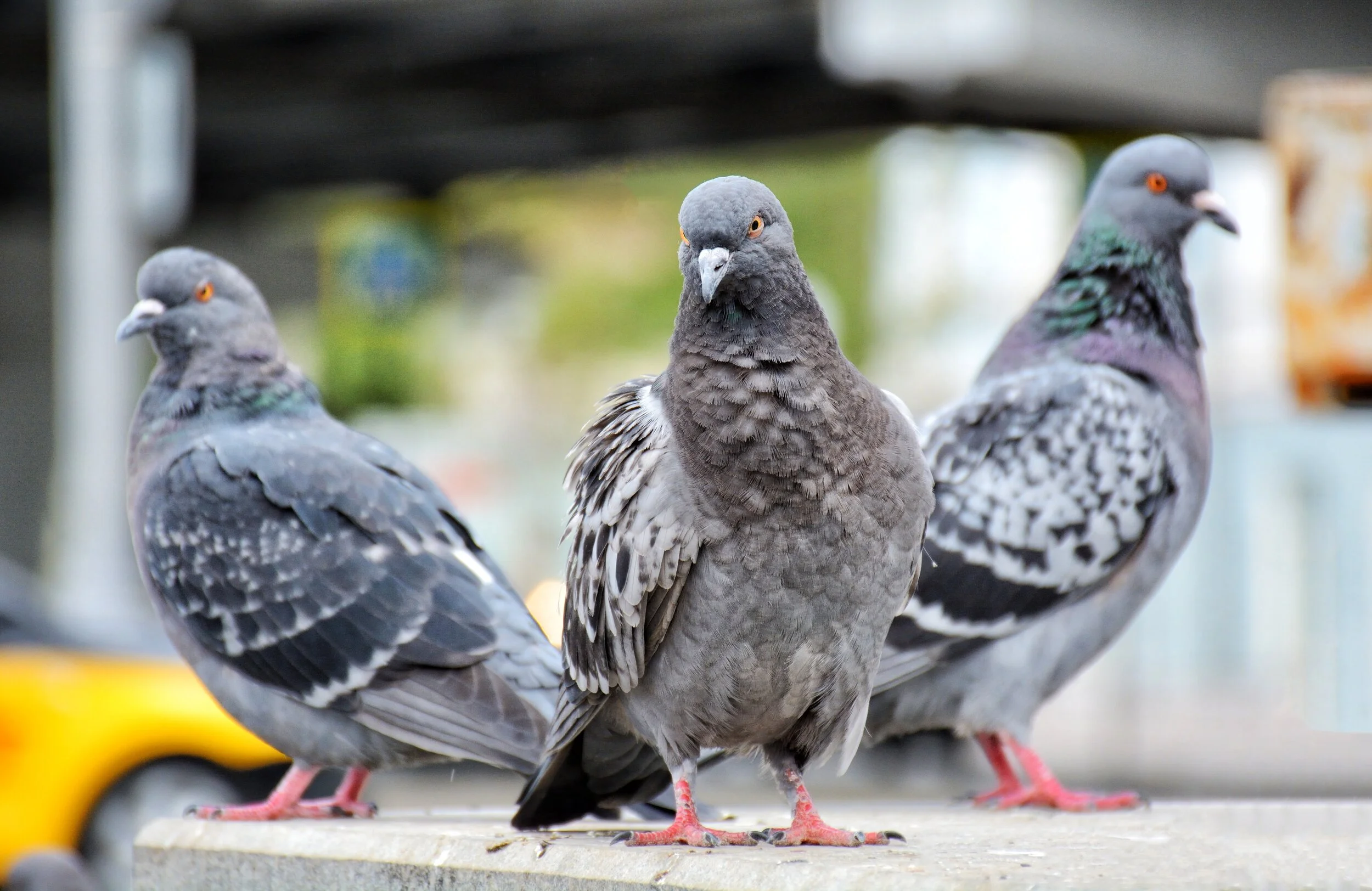Sounds of the City - Between Noise Pollution and Beautiful Soundscape?
“Have you ever wonder, where have all the birds gone? ”
In Jakarta city nowadays we hardly see birds nesting, flying, or looking for food. Some research says that nature soundscape such as the sound of running water, or birds singing will improve mental health. However, due to the increasing noise pollution, the sound of birds became the sound of machinery.
Loud sound can have a serious impact on human health as well as on ecosystems. The effects of noise pollution on birds have been a key subject of study for scientists and conservationists over the last decade. Researchers suggest that noise pollution affects their behavior, fitness, breeding, and growth, and often leads to chronic stress.
Scientists say that constant noise may form an acoustic blanket muffling the audio cues birds rely on to detect predators, competitors, and their species. Noise pollution delayed nesting for birds whose songs are at a lower frequency and thus more difficult to hear through low-frequency human noise. When considering noise pollution, results showed that birds living in forested environments tend to be more sensitive to noise than birds in open environments.
You may have noticed that many birds around us sing at different pitches or volumes in response to noise. One well-known example is Robins, which sing at quieter times of the day or night. This could be seen as an adaptation, but the problem is that this change can disrupt mating and affect breeding success in such birds.
For birds, hearing is second in importance only to vision for monitoring the world around them. Avian hearing is most sensitive to sounds from about 1 to 4 kHz, although they can hear higher and lower frequencies. No species of bird has shown sensitivity to ultrasonic frequencies (>20 kHz). Sensitivity to frequencies below 20 Hz (infrasound) has not received much attention; however, pigeons and a few other species have shown behavioral and physiological responses to these low frequencies. In general, frequency discrimination in birds is only about one-half or one-third as good it is for humans within the 1 - 4 kHz range.
A problem that birds suffer that is similar to humans is damage to the auditory receptors (hair cells) from loud noises. The sound intensity that produces damage and the amount of damage produced differ depending on the species. Birds residing in the active areas of airports might be constantly subjected to sound pressure levels that damage their hearing. Thus, to effectively disperse birds using sound, auditory alerts must be at frequencies that can be detected by the damaged auditory receptors. Although some if not all species of birds have the ability to repair damaged hair cells, continued exposure to loud noises would prevent recovery of their hearing.
ALTA Integra is a multi-discipline building physics engineer designer such as acoustics sound, lights, thermal, air quality, and etc. Research agreed that the built environment is affecting the sensor, emotion, behavior, and biology of humans and other living objects. Our mission is to create a greener, healthier, beauty and comfort to lives in.
#sounddesign #sounddesigner #soundscape #acoustics #birds #nature #health #mentalhealth #noisepollution #cityscape

